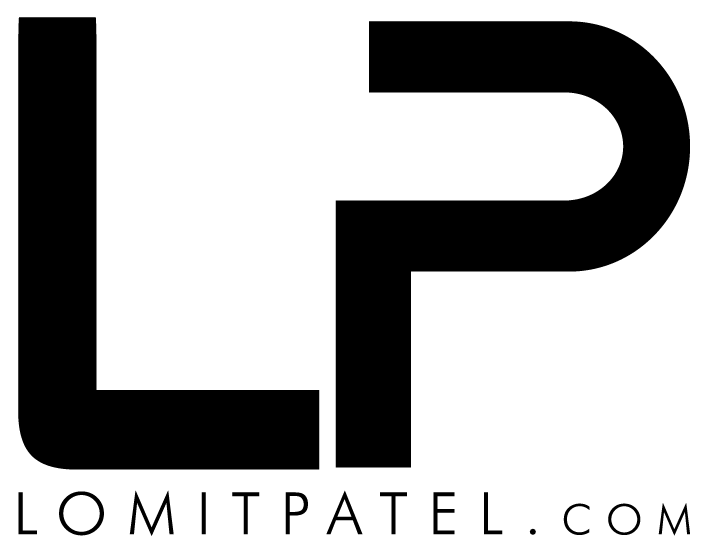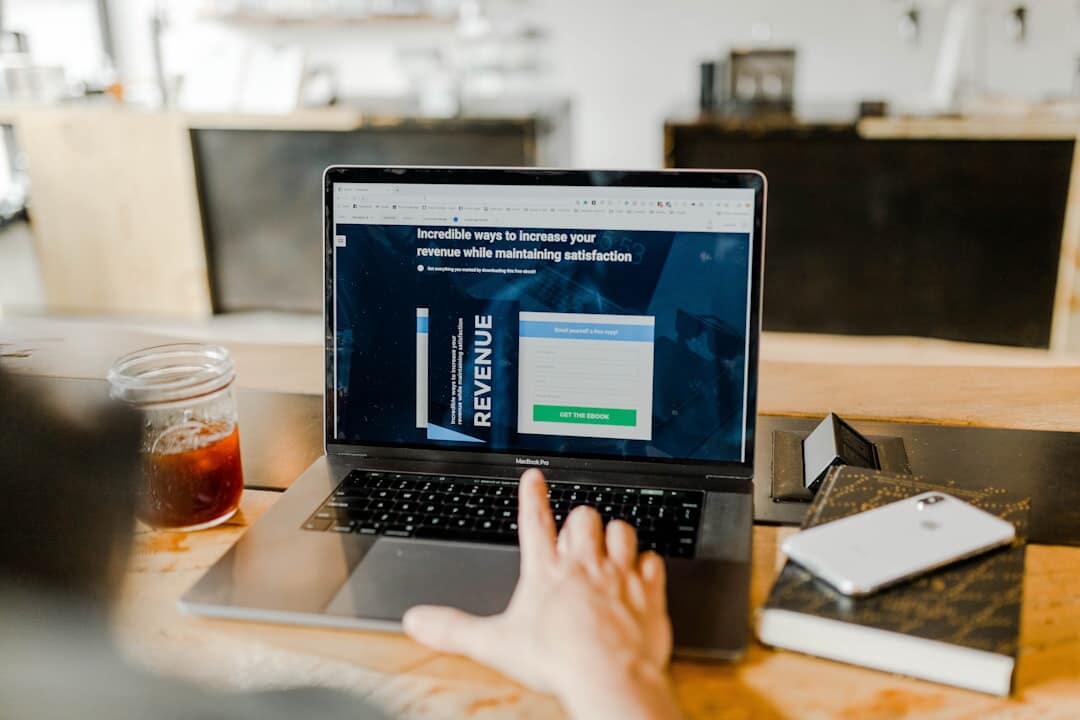Many startup founders find themselves in a unique position where they are the visionary behind their product, and, also the head of sales. This concept, often called “founder-led sales,” is intimidating to many founders. However, embracing a founder-led sales strategy offers significant potential for startups.
Maybe you’re an engineer who’s more comfortable coding than cold-calling potential customers. Maybe you fear rejection, or you’re concerned about burning bridges with big clients while still refining your pitch. These anxieties are very common, especially for first-time founders.
Table Of Contents:
- Founder-Led Sales: Embracing the “Boogeyman”
- Why Should You Embrace Your Inner Salesperson?
- Casting a Wide Net: Talk to Everyone
- The Power of “Why”: Beyond the Features
- Practical Steps in Founder-Led Sales
- Crafting Your Initial Outreach
- Refining Your Outreach
- Building a Repeatable Sales Process
- Asking Key Process Questions
- Don’t Be Afraid to “Burn Down” Your Assumptions
- Conclusion
Founder-Led Sales: Embracing the “Boogeyman”
Many technical founders want to delay the sales process for as long as possible. They often think sales is a task better suited for others. However, taking on sales allows for direct learning that no sales hire will ever experience.
Founders hold an advantage as they understand their product’s core. Founders build trust through authenticity and communicating long-term dreams.
Why Should You Embrace Your Inner Salesperson?
Founder-led sales brings you closer to your customer. It allows a direct connection to gain valuable insights, shaping product development. Learning about offer reception is a form of early sales feedback that enhances the growth strategy, which makes for a much easier and more streamlined process once you start building a sales team.
The insights gained are invaluable for the startup’s progress. Have you considered the possibility of engaging with a head of engineering or product?
Shensi Ding, the founder of Merge, emphasizes that this comes from regular outreach. Ding explains, “When you do founder-led sales you’re not just learning how to sell your product, you’re learning how to tell a story.” This experience is a cornerstone of direct sales.
Casting a Wide Net: Talk to Everyone
Resist the temptation to be overly selective in your early meetings. In the company’s initial stages, engaging with a wide range of people provides a deep understanding of market needs. Talking to many people also helps refine your sales playbook.
Take meetings and pay close attention to feedback. Marta Bralic Kerns, founder of Pomelo Care, held discussions across the healthcare sector. Even while balancing new motherhood, she prioritized sales and gathered essential information.
The Power of “Why”: Beyond the Features
People often fixate on the product’s functionalities. Shift the focus to the “why” behind it to secure buy-in.
Mike Molinet, co-founder of Thena and Branch, advises, “Be very careful about building awesome tech that nobody wants to buy.” He suggests first identifying needs to determine how to assist.
Here are key things Molinet keeps in mind:
- Discussions should revolve around customer struggles.
- The priority should always be making people’s lives easier.
- The details will secure the agreements, eventually.
Practical Steps in Founder-Led Sales
You may have a conceptual understanding but struggle with practical application. Acquiring real-world experience takes time. However, there are practical measures you can implement immediately.
Here’s how to build that initial outreach:
- Build Your Target List. Research potential prospects.
- Start Meeting Prospects. Face-to-face (or virtual) interactions are invaluable. Get prospects into your sales cycle.
- Feedback is Gold. Collect extensive feedback. This will help create a product roadmap.
- Keep Your Network Close. Connect with others who have similar experiences.
Crafting Your Initial Outreach
How do you start conversations? Should it always be considered “selling?” Many times the answer is no.
First Round Review emphasizes some key approaches. Marta Bralic Kerns directly approached the buyer.
Here’s what it looks like:
- Expert Interviews: Initiate conversations with medical professionals, inquiring about other potential contacts.
- Ease Into Direct Sales: Gradually transition to sales conversations after establishing partnerships.
- Warm Introductions Help: Utilize existing contacts when possible.
Refining Your Outreach
You may be asking yourself, should I be reaching out to anyone? Here’s some more insight.
Don’t avoid cold outreach. This offers genuine market feedback. Consider Emery Rosansky’s recommendations.
Emery Rosansky suggests:
- Short and Concise. Six-word subject lines are ideal. Emails should be 100 words or less. Simplicity is crucial.
- Find the Connect. Use investor networks and other resources.
- Focus on Pain Points. Address the prospect’s challenges. Do not push product features so hard.
Explore various data collection methods to expand your target market. Also look at other places, like trade shows, where potential customers might already be present.
The startup, Champify, sources many leads on LinkedIn. HubSpot shares that 33% of Champify’s demos result from founder interactions on LinkedIn. These online channels highlight opportunities.
Building a Repeatable Sales Process
You can’t rely on improvisation. A systematic approach is crucial. Develop a solid base now to improve scalability later.
You might find that keeping the sales funnel simple helps you find what works. Founders often overlook the basics. Alexa Grabell’s initially intuitive process evolved with the introduction of a structured sales cycle by experienced salespeople. This also makes hiring sales reps down the road easier when you have structure to it.
Asking Key Process Questions
Inquire about meeting frequency and subsequent steps. Be receptive and flexible to new strategies. Participate in as many interactions as possible. Try A/B testing different strategies to learn faster.
Consider key elements for process planning:
- Who participates in each call?
- What are the next steps after a meeting?
- What are the contract planning stages?
Documenting the initial strategy will help guide future team members. Eventually dedicated sales team members will join.
Here’s a framework based on Sam Taylor’s approach. Founder-led sales isn’t about quickly sending documents; it’s about understanding through inquiry.
| Phase | Action | Goal |
|---|---|---|
| Discovery | Ask open-ended questions | Uncover pain points. Get buyer understanding. |
| Follow Up | Regular check-ins | Build Rapport. Build relationships with customers. |
| Test Phase | Seek user insights | Adapt and prove early steps in your cycle. |
Adapt and use gathered information. Work closely with your customer base during this.
Don’t Be Afraid to “Burn Down” Your Assumptions
Ego is a significant factor. Keep the primary objective of growth in mind. Be mindful of ego.
Avoid seeking only positive feedback. Eric Lasker encourages founders to set aside their egos. Avoiding confirmation bias helps move faster.
People often hesitate to offend. Direct, candid feedback enhances understanding. Seek that blunt honesty. It speeds up learning, especially when you are working closely on your sales hiring process.
Conclusion
Creating anything requires commitment. Founder-led sales might appear frightening. However, its adoption is incredibly valuable.
Understand your buyer and build customer relationships. Adjust your roadmap and keep an eye on the product market. The processes of building, adapting, and sales mirror each other. It is your startup so sales are critical to your overall strategy.
Accept failure and use those insights. Keep adjusting your approach. Once that’s done, then give it to sales specialists later, which are now building off a stronger foundation from founder-led marketing.





